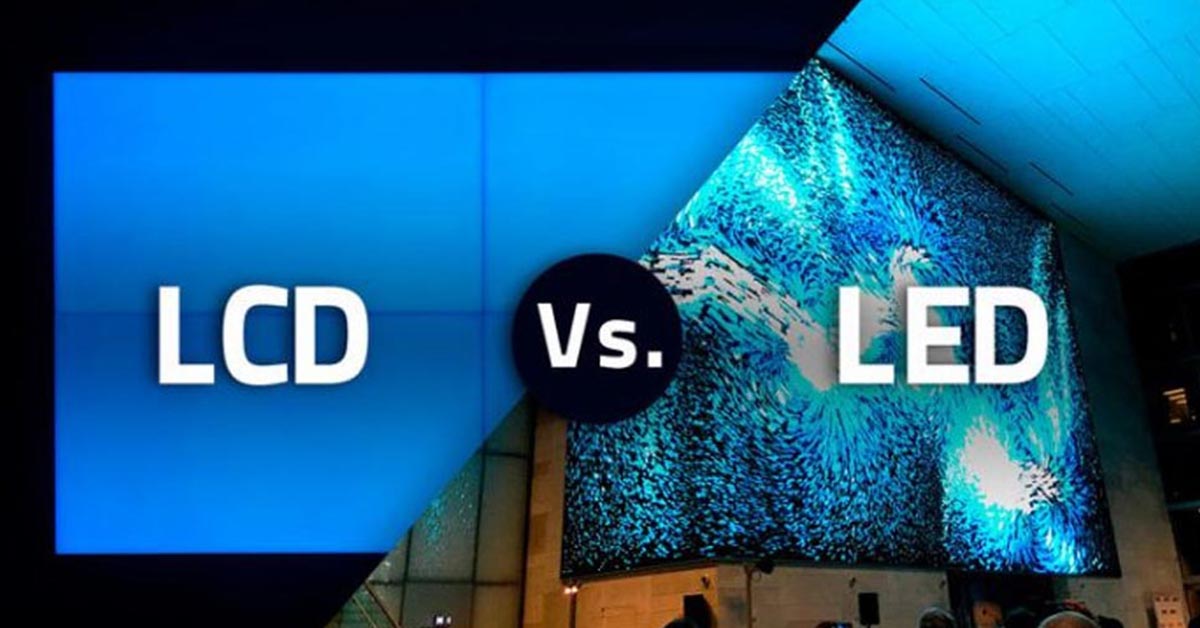
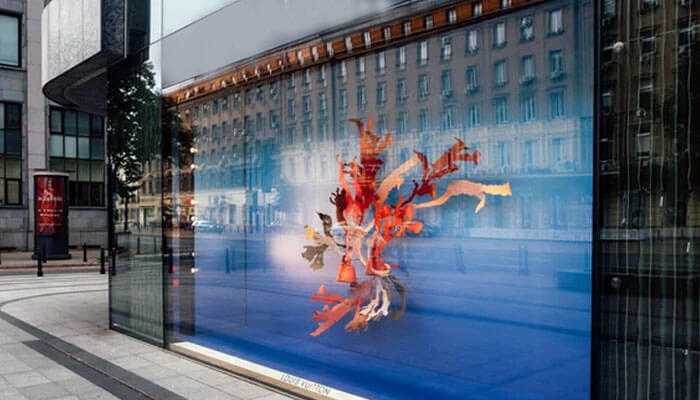
In the world of modern visual merchandising, transparent LED displays are redefining how brands communicate through storefronts and retail windows. These sleek, see-through advertising screens blend digital innovation with elegant design, making them ideal for brands that want to catch attention without blocking visibility. But while the end result looks effortlessly futuristic, what goes on behind the scenes—especially during installation—is where the magic truly begins.
Let’s take a closer look at transparent screen installation, what retailers and event organizers can expect, and why this display technology is rapidly becoming a go-to for everything from boutique windows to large-scale trade show booths.

Before diving into the installation process, it’s worth understanding why these screens are in such high demand. Unlike traditional LED displays, a transparent LED screen allows natural light to pass through while displaying high-resolution visuals, animations, or video content. This means a store can maintain a bright, open atmosphere without compromising on eye-catching digital signage.
They’re especially effective for:
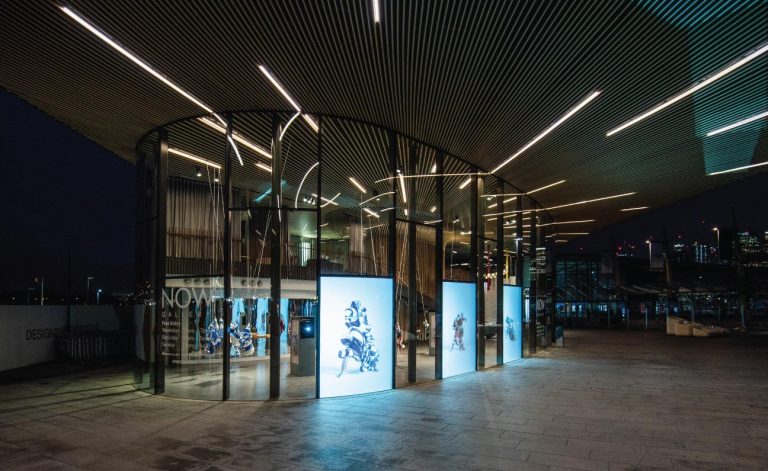
Every installation starts with a thorough site assessment. Experts examine factors like:
Understanding these elements ensures the transparent screen visibility in daylight is optimized, particularly for outdoor transparent displays or locations with direct sun exposure.
At this stage, brands might also explore custom size transparent screens or even ultra-thin transparent LED options to match their aesthetic needs. Whether you’re dressing a boutique in Beverly Hills or designing a transparent display for trade shows, customization is key.
While many think of transparent LED as a one-size-fits-all solution, there are several options to consider:
Depending on use case—be it for a transparent signage company in Los Angeles or a digital window screen for a high-end spa—the chosen screen type will influence installation methods.
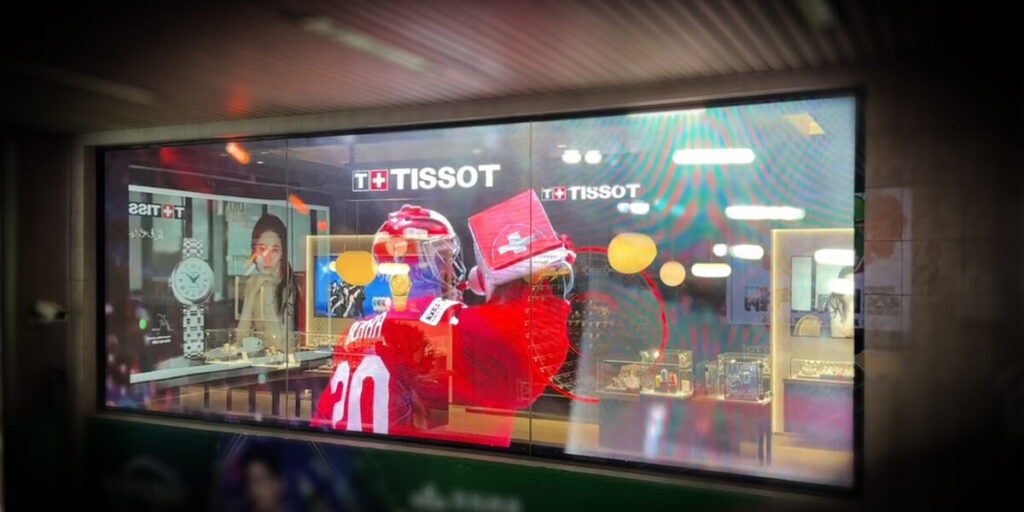
This is where engineering meets finesse. Transparent LED panels are typically lightweight and modular, designed to be mounted directly onto glass surfaces, aluminum frames, or even within window cavities. Installation may involve:
Because these screens are designed to be “invisible” when off, precise alignment is crucial. Even a few millimeters off can affect the seamless appearance of a clear LED advertising screen.
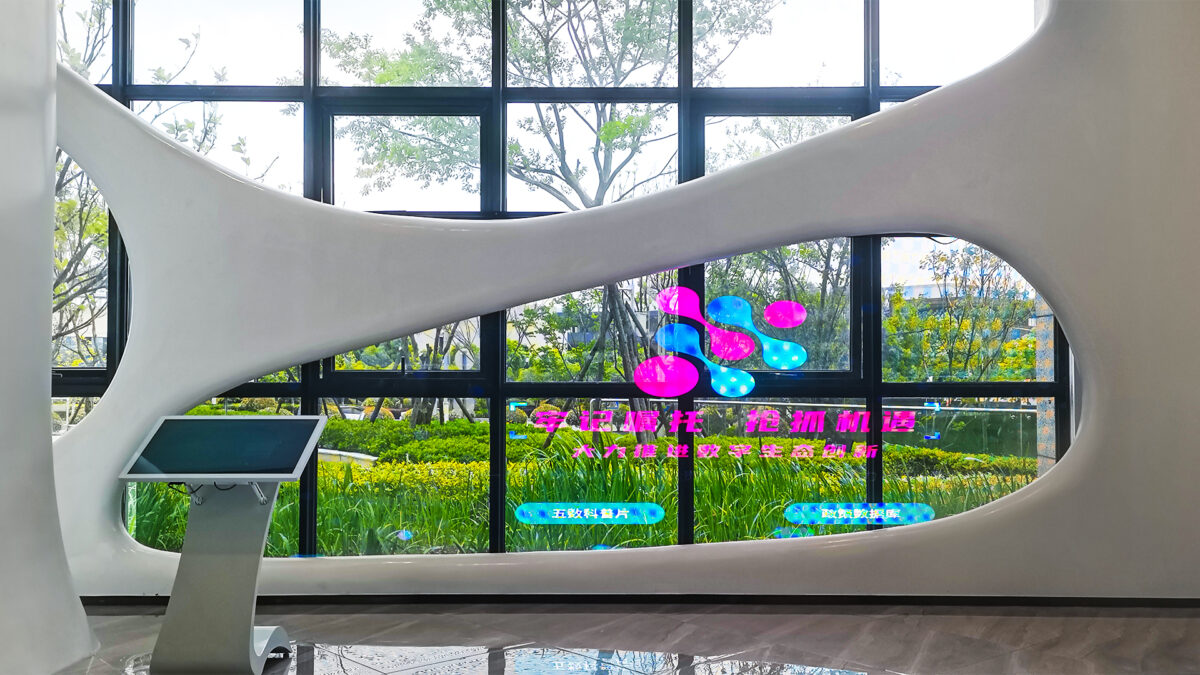
After physical setup, the technical fine-tuning begins. Installers handle:
For retail, brightness is especially important. Many installations feature high-brightness transparent screens to maintain clarity in daylight. Installers also test playback on various content formats—static images, video loops, and real-time feeds—to ensure the display works under real-world conditions.
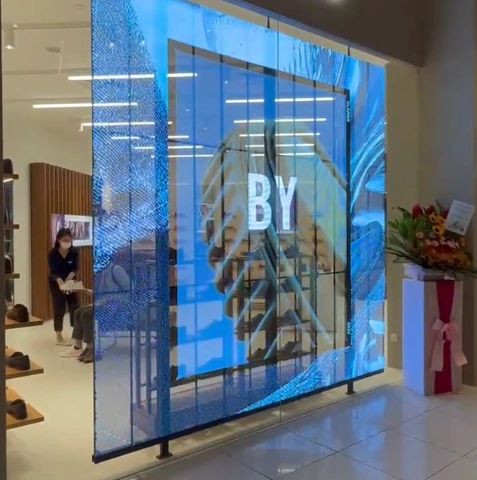
Once installed, clients are given training on how to operate and manage their transparent screen. Whether it’s a transparent digital signage supplier providing cloud-based content management or on-site control systems, user experience is designed to be simple and intuitive.
Maintenance is minimal. Thanks to their modular nature and efficient LED technology, most transparent display screens for events or retail use require only occasional servicing.
From interactive ad screens in shopping malls to transparent display showcases for cosmetics and luxury watches, this technology is pushing digital storytelling into the future. What sets it apart—besides the obvious visual appeal—is its ability to enhance space rather than take it over. You can rent transparent screens for a one-off launch event or buy transparent LED screens for permanent installations—either way, the flexibility and elegance are hard to match.
Whether you’re searching for the best retail screen for windows or an innovative display solution for high-end stores, transparent LED displays offer a unique combination of design and function. And with expert installation that blends seamlessly into your existing architecture, it’s no wonder more brands are turning to transparent display solutions as a core part of their visual strategy.
Final Thought
Transparent screens aren’t just digital signage—they’re part of a brand’s physical identity. With thoughtful planning, expert installation, and the right tech partner, these displays can transform any glass surface into a dynamic storytelling canvas.